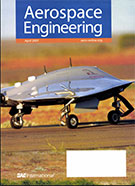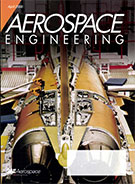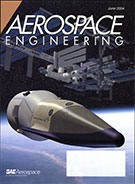Magazine

Aerospace Engineering 2007-08-01
2007-08-01
Standards take flight Commercial aerospace specifications continue to gain ground as aircraft get more electric. AeroTech: A 'community of practice' 'Something for everybody' is what this SAE conference, hosted by Northrop Grumman, offers aerospace industry engineers and executives. Making flight tests more productive Simulation, testing reduce the size and number of in-flight problems.



















